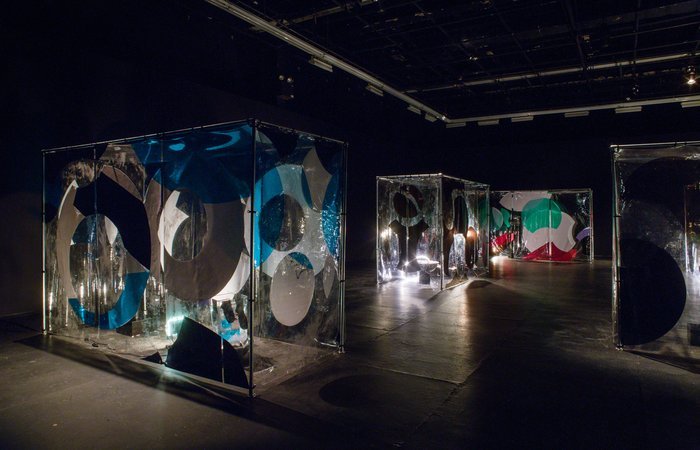Anicka Yi is known for her interest in feminism, body politics, and sensory experience and thus a point of reference for reflecting on the sense of smell in art.
In an interview with Artspace the artist Anicka Yi shares how and why she started to work with scents:
I’ve always been looking to reorder the senses, because I felt that we in the West have been overly dominated by the ocular sense. Everything is about looking—we have such ocular fatigue. I know I do. I go online and I’m not even looking anymore, because there’s just this proliferation of images. We have these tools open to us, and we’re not using them. I believe we’ve lost our empathic core because we’ve neglected these other senses, like smell and touch and taste.
Smell is a form of sculpture, because it has a lot of volume. Also, it collapses the distance that painting has built into it—it’s like, “Look, but don’t touch, and keep your distance.” I want to draw the viewer in further and have the viewer participate by having to be there physically to smell the work, rather than just transmit it through JPEGs.
Reflecting on the role of the sense of smell in Western powerstructures Anicka Yi points at the aseptic nature of power:
In places like Gagosian gallery, or any gallery, for that matter, it’s about the absence of smell. There shouldn’t be an odor. In the West, we equate power, especially power structures, with the absence of smell, because we are so repressed about smell. If you think about the president of the United States, you should not be thinking about a smell. Finance, banking, government, high-end retail, should not be associated with any aroma whatsoever. That’s what I wanted to capture, an antiseptic, non-smelling place. The bacteria smells a little more human, if you can say that, than the Gagosian smell. But blended together, it just kind of balances out.
And in another interview Anicka Yi refers to the specific subjectivity of olfactory perception and the consequences for reception aesthetics:
“It’s my hope that the work is never static, that the ‘smeller’ activates the work through her own associations and memories.â€
[blog_subscription_form title=”” title_following=”You are already subscribed” subscribe_text=”” subscribe_logged_in=”Click to subscribe to this site” subscribe_button=”Click me!” show_subscribers_total=true]
